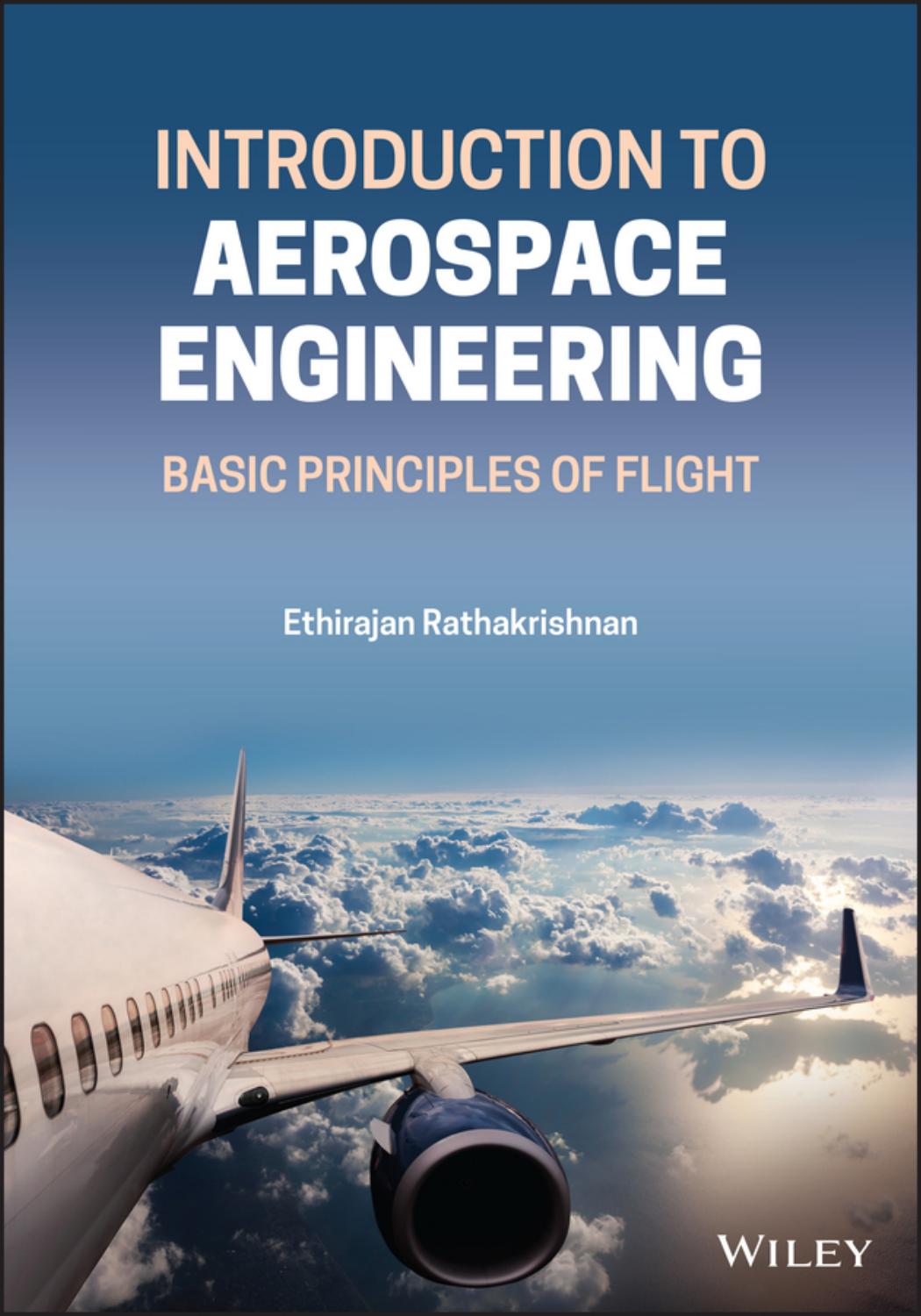

Most ebook files are in PDF format, so you can easily read them using various software such as Foxit Reader or directly on the Google Chrome browser.
Some ebook files are released by publishers in other formats such as .awz, .mobi, .epub, .fb2, etc. You may need to install specific software to read these formats on mobile/PC, such as Calibre.
Please read the tutorial at this link: https://ebookbell.com/faq
We offer FREE conversion to the popular formats you request; however, this may take some time. Therefore, right after payment, please email us, and we will try to provide the service as quickly as possible.
For some exceptional file formats or broken links (if any), please refrain from opening any disputes. Instead, email us first, and we will try to assist within a maximum of 6 hours.
EbookBell Team

4.3
78 reviewsAerospace engineering, the field of engineering focused on the development of aircraft and spacecraft, is taught at universities in both dedicated aerospace engineering programs as well as in wider mechanical engineering curriculums around the world-yet accessible introductory textbooks covering all essential areas of the subject are rare. Filling this significant gap in the market, Introduction to Aerospace Engineering: Basic Principles of Flight provides beginning students with a strong foundational knowledge of the key concepts they will further explore as they advance through their studies.
Designed to align with the curriculum of a single-semester course, this comprehensive textbook offers a student-friendly presentation that combines the theoretical and practical aspects of aerospace engineering. Clear and concise chapters cover the laws of aerodynamics, pressure, and atmospheric modeling, aircraft configurations, the forces of flight, stability and control, rockets, propulsion, and more. Detailed illustrations, well-defined equations, end-of-chapter summaries, and ample review questions throughout the text ensure students understand the core topics of aerodynamics, propulsion, flight mechanics, and aircraft performance. Drawn from the author’s thirty years’ experience teaching the subject to countless numbers of university students, this much-needed textbook:
Explains basic vocabulary and fundamental aerodynamic concepts
Describes aircraft configurations, low-speed aerofoils, high-lift devices, and rockets
Covers essential topics including thrust, propulsion, performance, maneuvers, and stability and control
Introduces each topic in a concise and straightforward manner as students are guided through progressively more advanced material
Includes access to companion website containing a solutions manual and lecture slides for
…